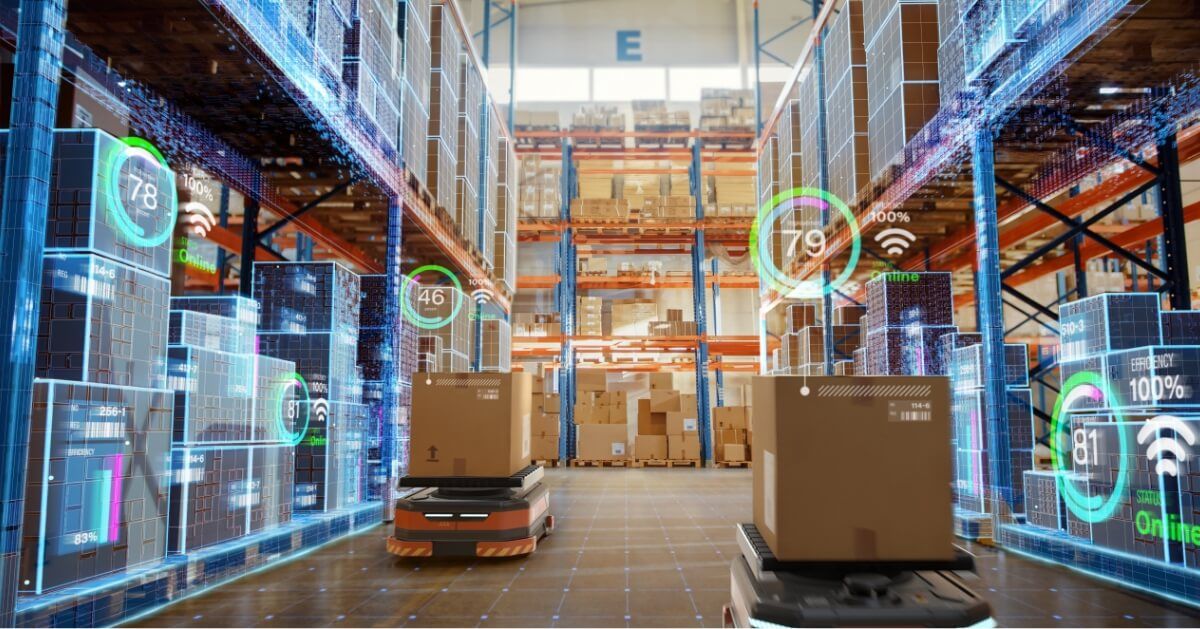Automation in Distribution Centers:
Automation plays a crucial role in transforming logistics management in distribution centers. Some key areas where automation is having a significant impact include:
a) Order Processing:
Automated order processing systems, such as sorting systems and robotic arms, accelerate processing times and reduce errors, enabling faster and more accurate order management.
b) Storage and Retrieval:
Automated storage systems, like autonomous robots and automatic shelving systems, optimize space utilization and allow for quicker and more efficient retrieval of stored products.
c) Packing and Labeling: Automated packing and labeling systems ensure a uniform and professional presentation of products, reducing preparation times and improving packaging quality.
Supply Chain Optimization:
Supply chain optimization is essential for achieving efficient logistics management in distribution centers. Some key optimization strategies and technologies include:
a) Demand Planning: The use of algorithms and predictive analytics enables more accurate demand planning, reducing inventory levels and improving responsiveness to market fluctuations.
b) Route Optimization:
Route optimization systems use intelligent algorithms to determine the most efficient and cost-effective routes, reducing transportation costs and improving delivery times.
c) Real-Time Inventory Management:
Using technologies like radio-frequency identification (RFID) and real-time tracking allows for complete inventory visibility, facilitating more accurate management and reducing losses due to stockouts or excess inventory.
Benefits and Challenges of Automation and Optimization:
Automation and optimization in logistics management offer several benefits, such as:
- Increased operational efficiency: Automation and optimization enable faster, more accurate, and cost-effective management of logistics operations.
- Improved customer satisfaction: Efficient logistics management translates to shorter delivery times, better customer service, and overall higher satisfaction.
- Cost reduction: Automation and optimization help reduce operating costs by minimizing errors, waste, and downtime.
However, there are also challenges associated with implementing automation and optimization, such as the required initial investment, staff training, and the integration of complex systems.
Conclusion:
Automation and optimization are transforming logistics management in distribution centers, driving significant improvements in efficiency and profitability. By leveraging these innovations, companies can streamline their operations, improve customer satisfaction, and reduce costs. However, it's essential to address associated challenges and adopt a strategic approach to ensure successful implementation. By doing so, organizations can position themselves at the forefront of logistics management, harnessing the power of automation and optimization for long-term success.


